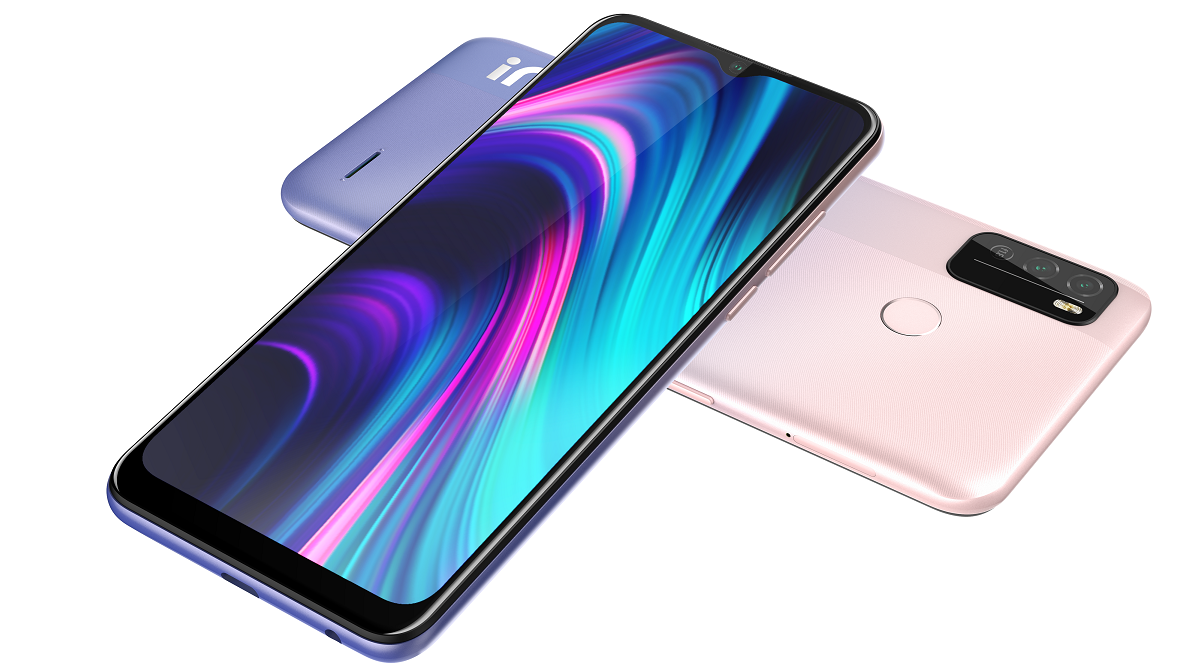Opinion: Micromax rises like a phoenix, but can it sustain this time round?
Challenges, expectations and more

When a brand arrives in a new market, its first task is to study and respond to the existing competition. Then it goes through the grind of carving out its identity by constantly competing for market share. However, for Micromax, things are different.
Having started operations in 2000, the company became one of two top smartphone brands in India with even a sub-brand called Yu. In some ways it created a segment of phone users in India that was happy with functional features. What followed was a deluge as Chinese phone makers changed their strategy.
Once a household name, Micromax also got into selling consumer durables like LED TVs, laptops, ACs, audio accessories and other products that form the smartphone ecosystem apart from introducing electronic bikes to the Indian market. However, the going got tough for them as Chinese phone makers came calling in numbers.
Back in business
Micromax is now making a come back having lost its position as a leader of India's growing smartphone market. Then it faced competition from Chinese brands such as Xiaomi, Oppo, Vivo and LeEco . The situation is much the same now, though competition could just be stiffer.
These companies bought smartphones with latest technology and invested heavily in R&D that ensured that they stayed ahead from the rest through innovation. They were ready to make investments in terms of time and money to build the brand, offer value for money devices, create a demand and provide best in class support systems.
Problems aplenty
Micromax, however, lacked in almost all of these. It did continue to rake in numbers but maximum sales came from the rural market where the Chinese had not reached. Gradually Micromax’s strategy of selling rebranded Chinese devices also backfired as people now had access to better devices at similar prices in India. Micromax went into oblivion and hardly anyone noticed then.
So, what prompted the brand to resurrect itself now? Some may describe it as an opportunist move, while others call it driven by economics along. Of course, the recent border skirmish between China and India definitely was an opportunity that presented itself on a platter.
Get daily insight, inspiration and deals in your inbox
Sign up for breaking news, reviews, opinion, top tech deals, and more.

The Comeback
With the nationalist sentiments at a high and people seeking alternatives to the Chinese devices, brands have been tweaking their marketing campaign by calling themselves "India first brands". In fact, the CEO of Realme India said the brand was an Indian one and not a Chinese offshoot.
Mind you, this anti-China sentiment was so strong that it cost Xiaomi the numero uno spot that it acquired after toppling Samsung in terms of the sheer number of units sold. A lot of consumers were ready to support any other brand that was not Chinese.
Cut to present. After months of leaks and teasers, Micromax finally launched two new smartphones under a new “In” branding - a carefully chosen moniker targeted at cashing in on the nationalist sentiment and aimed at differentiating itself from the Chinese counterparts. However, the company has its task cut out. Selling devices in massive numbers and regaining its foothold isn’t going to be easy.
It not only needs to go one-up on the competition by offering better devices that sell in numbers but also need to fight its past life image. The brand was known to have a massive number of smartphones in its kitty but regular software updates and quality after-sales support was not its forte.
During the launch event, Micromax founder Rahul Sharma has urged users to support and trust the brand. However, more than users it is Micromax that needs to ensure certain things are done to gain users faith and access to their wallets.
Focus on after-sales support
Introducing (or re-introducing) a brand is not that big a task as we’ve seen a number of them come in and go over the years. However, the ones that were able to offer timely support in terms of spares availability and service centres across the country that can meet the market standard is going to be key.
Micromax has had a well-established service network. It is just a matter of getting service experience prioritized.

Software updates
Micromax had been notorious with their software updates. Due to the sheer number of devices the company would launch, older phones would fall off the radar rather quickly. However, this time, the company appears to have consciously altered its strategy on this front.
The latest Micromax phones come with stock Android sans any bloatware and two years of guaranteed software updates. Having watched the live stream of the launch, my colleagues were quick point out that these phones seemed to have fewer pre-installed applications than some of the others. Who can forget the recent umbrage over OnePlus adding bloatware and then being forced to remove it?
Stock Android means that not only will the real-world performance be impressive but regular updates should not be an issue, ideally. Google’s latest policies ensure that brands offer security and firmware updates for a stipulated time, hence circumventing these policies might be an issue now.
Value for money devices
The new devices launched by Micromax are aggressively priced. This is indeed the only way that the company stands a chance to compete against the likes of Xiaomi, Realme, OnePlus and others. Top-notch hardware specifications and fair pricing has been the mantra that most companies active in the budget segment follow.
That said, now that Micromax is back in action we really hope that the brand focuses on delivering on the promises and living up to the expectations of being the Indian smartphone brand. We’re sure that it has a lineup of devices waiting to be launched and we can’t wait to know more about them.
Jitendra has been working in the Internet Industry for the last 7 years now and has written about a wide range of topics including gadgets, smartphones, reviews, games, software, apps, deep tech, AI, and consumer electronics.
